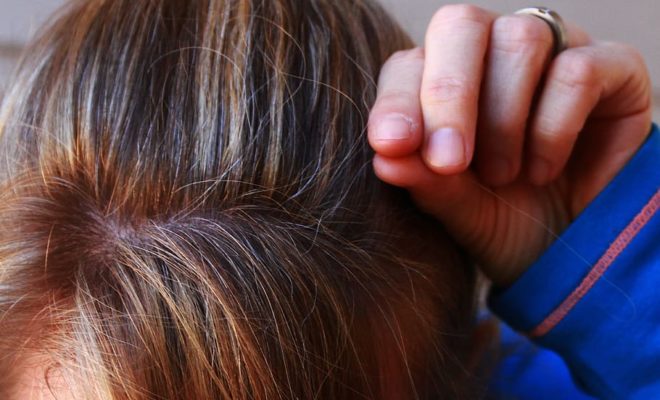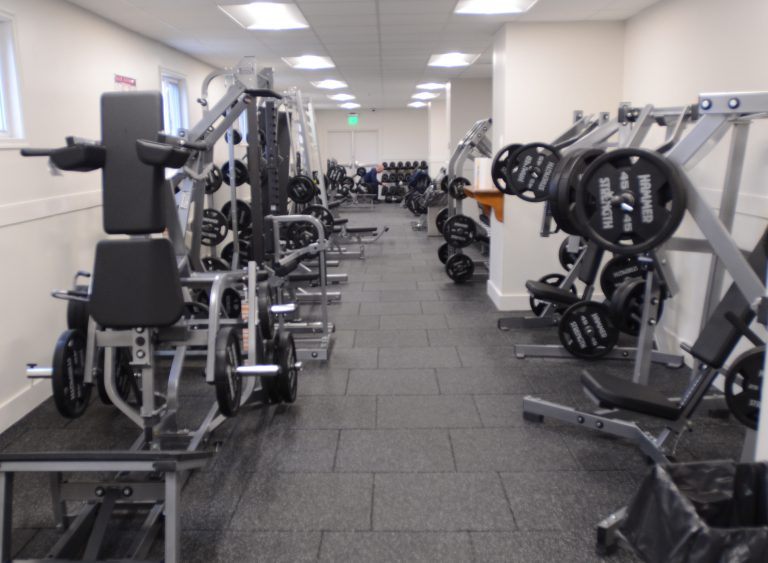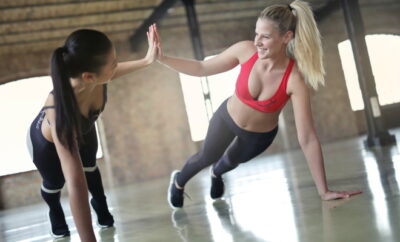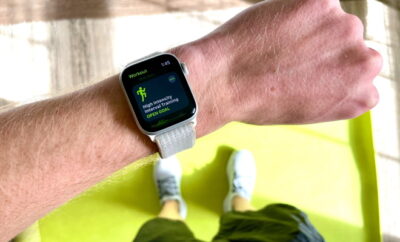
Health x Wellness
Ageing Well: 5 Reasons Why Exercise is the Best Anti-Aging Secret
Even those of us who aren’t regular gym-goers know that regular exercise comes with many health benefits. We probably don’t need a scientific study reference to convince of us that. But how many know that regular physical activity shaves years off your age? Or, that it is beneficial even in moderate amounts?
With major cosmetic companies releasing an anti-aging serum every other day, it is plain that aging remains a greatly feared process. One that we can’t yet control. However, by exercising, we can slow it down – no matter how many candles you put on your cake this year!
The evidence
This study that you will find in the journal European Heart Journal offers all the proof you need.
According to it, cardio rules when it comes to the anti-aging effects of exercise. Therefore, any exercise that demands endurance and raises your heartbeat, such as running, biking, or swimming, and high-intensity interval training (HIIT) will do.
And the good news for us is that it doesn’t take running marathons to reap the benefits of exercise.
As mentioned, even simpler activities like walking and cycling will be enough. Don’t you like to run or cycle? How about going swimming regularly?
Not so cool about dunking yourself in chlorinated water? Then consider meditation and yoga. Or, you can also choose lifestyle activities like golf. Whichever activity you choose, remember that consistency is the answer. Stay at it to stay young!
In all cases, you’re looking at aging slowed down at the cellular level. The study checked out various kinds of exercises and their effects on telomeres.

Moreover, the cells of the runners and HIIT-ers had lengthened telomeres.
If you don’t know what telomeres are, these are structures that cap the ends of our chromosomes. One of the signs of aging is that each time a cell divides, the telomeres grow shorter. Eventually, they’re too truncated for cells to divide. That signals the end of the regenerative capacity of a cell to our body.
Too many cells that lose the ability to divide means they begin to die instead. And trust us, cell death is bad news.
It doesn’t only mean wrinkly skin and graying hair. Aging also brings on the onset of cognitive disorders, heart disease, and even early death.
It might surprise you that this European stud wasn’t the first one that linked exercise to telomere length.
In fact, results of a BYU team research project clearly show that adults who jogged for 30-40 minutes at least five times a week had longer telomeres – enough to match those who was 9 years younger!
The Specifics
So, now we know that we can stave off aging with cardio and HIIT. Therefore, it is time to consider the specifics of how that works – besides lengthening the telomeres.
- Muscles
You may think we’re mentioning the obvious here. But it needs to be this way because most of us don’t realize how aging seriously affects our muscle mass.
The deterioration can speed up in people who don’t perform strenuous physical activity. And in the presence of health conditions, such as joint pain, the effect is even worse.
Therefore, continuing strength training as we get older doesn’t just help burn excess calories. It also helps us increase – or at least maintain our muscle mass.
- Breathing
Have you ever wondered why meditation and other exercises focus so much on breathing harder?
If you haven’t, it is the high time you need to. During exercise, various parts of your body chime in with their oxygen needs.
In order to answer their demands, your body must improve all the aspects of your oxygen transport pathways. Therefore, through exercise, you get your lungs, heart, and muscles all in order.
- Chronic Illnesses
In addition to it having a positive effect on the other parts of your oxygen transport system, regular physical activity has more to offer to you. That benefit is decreasing the risk of chronic illnesses, Type 2 diabetes, Alzheimer’s, cardiovascular disease, and certain types of cancer.
- Fall risks
So many of us know aging relatives who fell and broke their hip bones. We can see that life isn’t the same especially when growing old can make us a fall risk. But this is an issue that exercise can help you with.
Most exercise programs have flexibility at their core. They help our bodies relearn the basics of balance and shrug off the habits we’ve built over the years. The more routinely you exercise, the better your body will get at flexibility.
Experts at the gym in Nottingham recommend the static pectoral stretch for the chest and upper body. Calf stretches can be handy in preventing injuries to the lower body.

- Dementia and other forms of cognitive decline
A Neurology journal study made it clear that for physically fit middle-aged women, developing dementia was at an all-time 88% low! Their rates were compared with those of peers who were only moderately fit.
The women chosen to participate in the research had an average age of 50. The scientists assessed the cardiovascular health of women using a cycling test. With the results, they classified the participants in groups of unfit, fit, and moderately fit individuals.
Over the course of forty years, the researchers would screen the women’s brain health for the presence of dementia. Their results show that while 32% of the participants in the unfit and a quarter of the moderately fit women developed dementia, the rate was 5% for the group pf fit women.
While the study doesn’t prove that lack of exercise causes dementia, it does show that the two are linked. Dementia is defined as a severely declining memory that interferes with daily life. It reduces the quality and comfort of life as we age. Individuals become dependent and increasingly sedentary, which means they may get even less exercise.
So, these are the five reasons why exercise is the best anti-aging secret. It protects our heart, brain, and muscles. It means you can say goodbye to all the anti-aging ointments and serums and get moving to age well!
This article was contributed by Alycia Gordan. She is a freelance writer who loves to read and write articles on healthcare technology, fitness and lifestyle. Alycia is a tech junkie and divides her time between travel and writing.
You can find her on Twitter: @meetalycia









